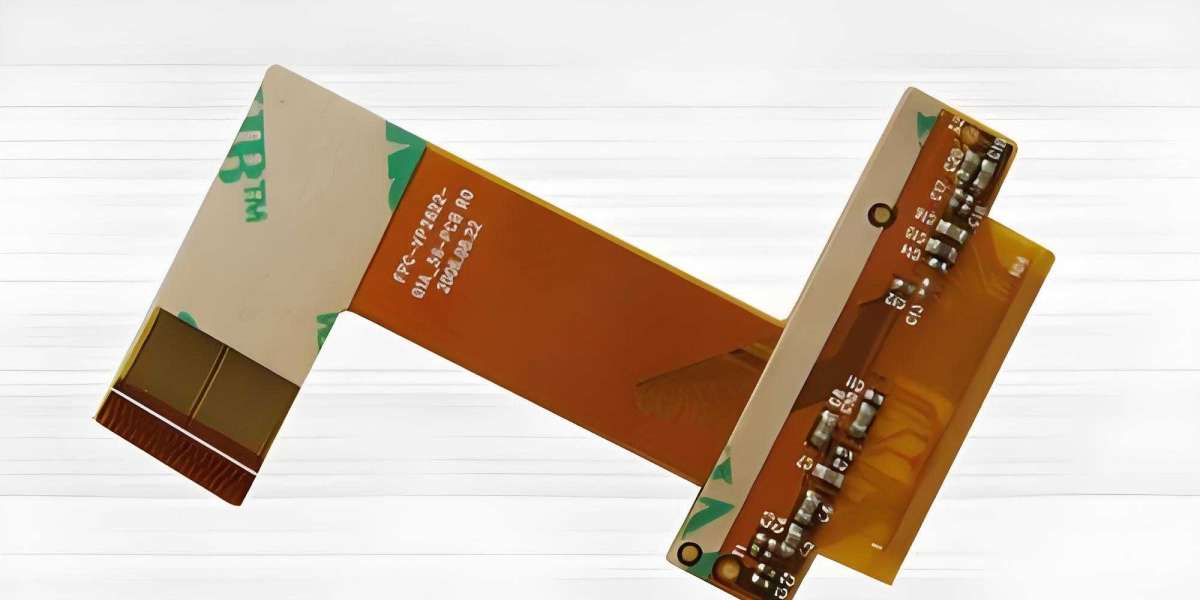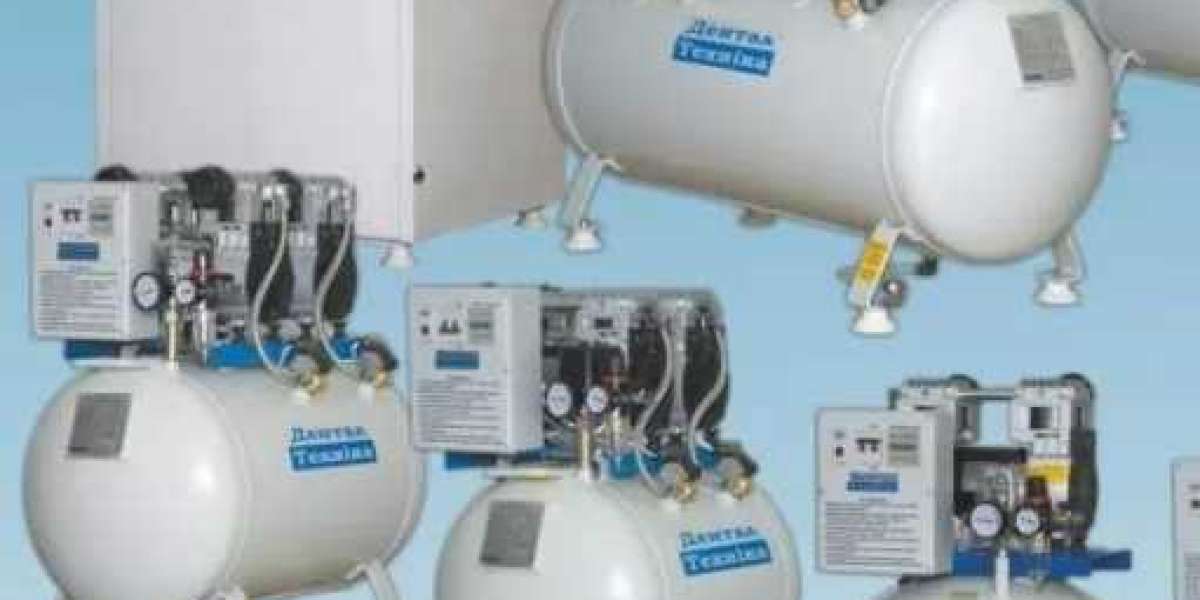Introduction
Rigid-flex PCBs are widely used in advanced electronics due to their ability to combine the strengths of both rigid and flexible circuits. However, this hybrid nature also presents unique challenges in design, material selection, and manufacturing. Addressing these challenges is crucial for achieving reliable and efficient PCB performance in industries such as aerospace, medical devices, and consumer electronics. This article provides expert-level insights into the challenges faced by rigid-flex PCBs and offers practical solutions that professionals in the field can implement.
Table of Contents
- Design Challenges in Rigid-Flex PCBs
- Material Selection Complexities
- Precision in Manufacturing
- Thermal Management Issues
- Testing and Inspection Complexities
- Cost Implications and Optimization
- Conclusion: Best Practices for Rigid-Flex PCB Success
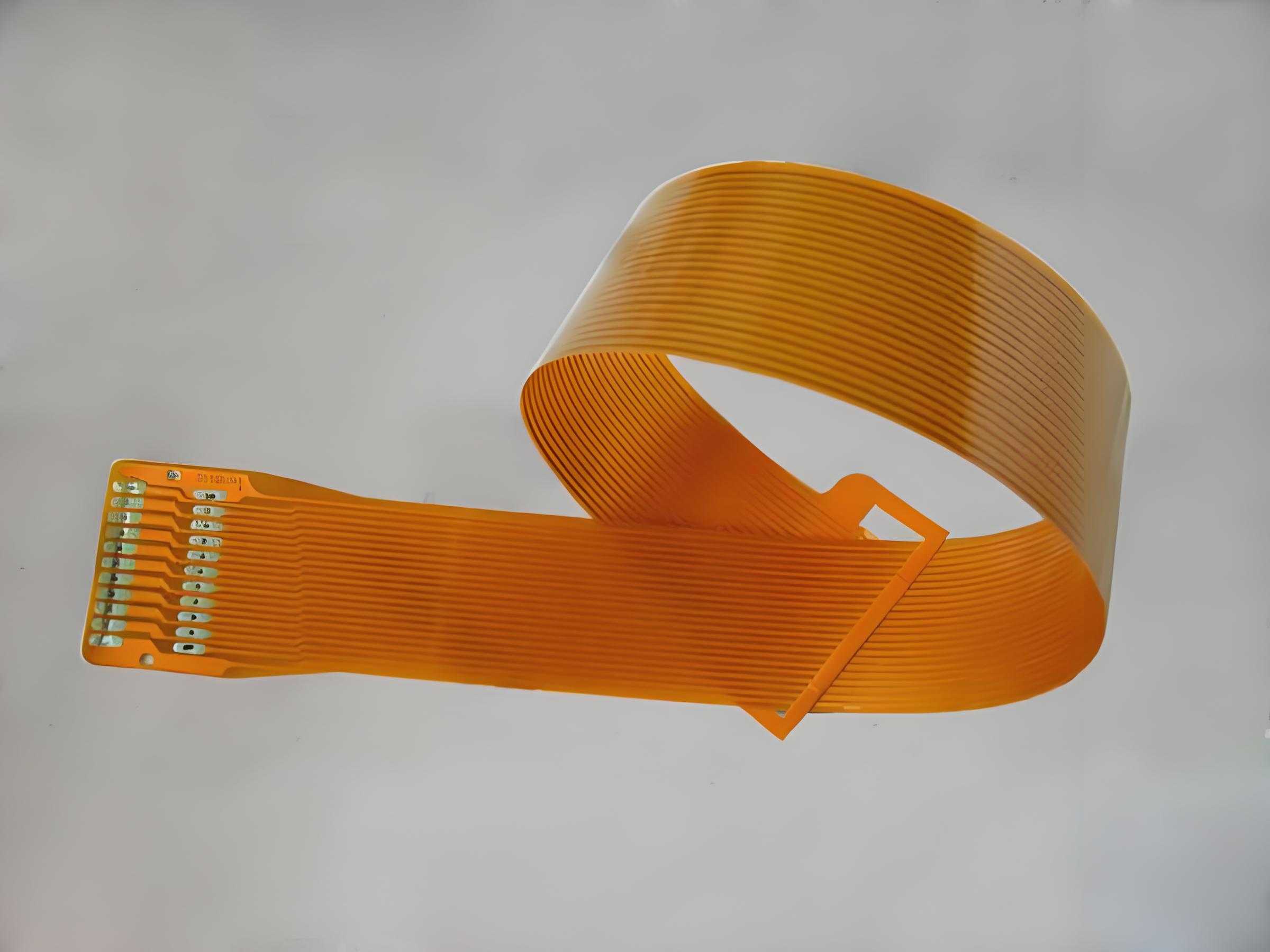
1. Design Challenges in Rigid-Flex PCBs
Problem:
One of the foremost challenges in rigid-flex PCB design is achieving a seamless integration of the flexible and rigid sections. This integration must consider signal integrity, layer stack-up management, and bend reliability. Incorrect design decisions can lead to issues like trace breakage in flexible areas or poor electrical performance.
Expert Solution:
- Collaborative Design with Manufacturers: Engage with PCB manufacturers early in the design process to ensure the design adheres to manufacturing capabilities. Utilize tools that allow for simulations of mechanical stresses and signal flows.
- Strategic Bend Area Placement: Identify and designate areas on the flexible part of the board for dynamic bending while ensuring no traces or components are positioned in these high-stress regions.
- Optimized Layer Stack-Up: Ensure proper alignment and separation of layers to avoid stress points at the junctions between rigid and flexible areas. Use appropriate spacing between signal layers and ground planes for enhanced signal integrity.
2. Material Selection Complexities
Problem:
Choosing the right materials for both the rigid and flexible sections is essential to ensure durability and functionality. Mismatches in thermal expansion coefficients or poor material compatibility can lead to delamination, warping, or failure in extreme conditions.
Expert Solution:
- Balanced Material Selection: The rigid sections often use FR-4 material, while the flexible parts use polyimide. Ensure that these materials have compatible thermal and mechanical properties to avoid stress-related failures during temperature changes or flexing.
- Controlled Flexibility and Rigidity: Choose materials that provide the right balance between flexibility and strength in the flex areas. Consider materials like adhesive-less polyimide films, which provide better bending reliability and durability in dynamic environments.
- Environmental Stress Consideration: Analyze the operating conditions the board will be exposed to, such as temperature extremes or humidity. Select materials that can withstand these conditions without degrading.
3. Precision in Manufacturing
Problem:
Manufacturing rigid-flex PCBs requires precision at every step, from aligning rigid and flexible sections to lamination and drilling. Any deviation can lead to misalignment, delamination, or poor electrical connections between the rigid and flexible layers.
Expert Solution:
- Controlled Lamination Process: Rigid-flex boards require precise lamination processes that account for different expansion and contraction rates of the materials. Use high-precision machines that can manage varying thicknesses and complex layer stacks.
- Automated Optical Inspection (AOI): Implement AOI at multiple stages of production to detect defects early. For example, AOI can identify registration issues between layers before lamination, preventing costly rework.
- Multi-layer Alignment Systems: Use advanced registration systems during drilling and layer alignment to ensure the layers match perfectly, particularly in areas where vias and interconnections are crucial.
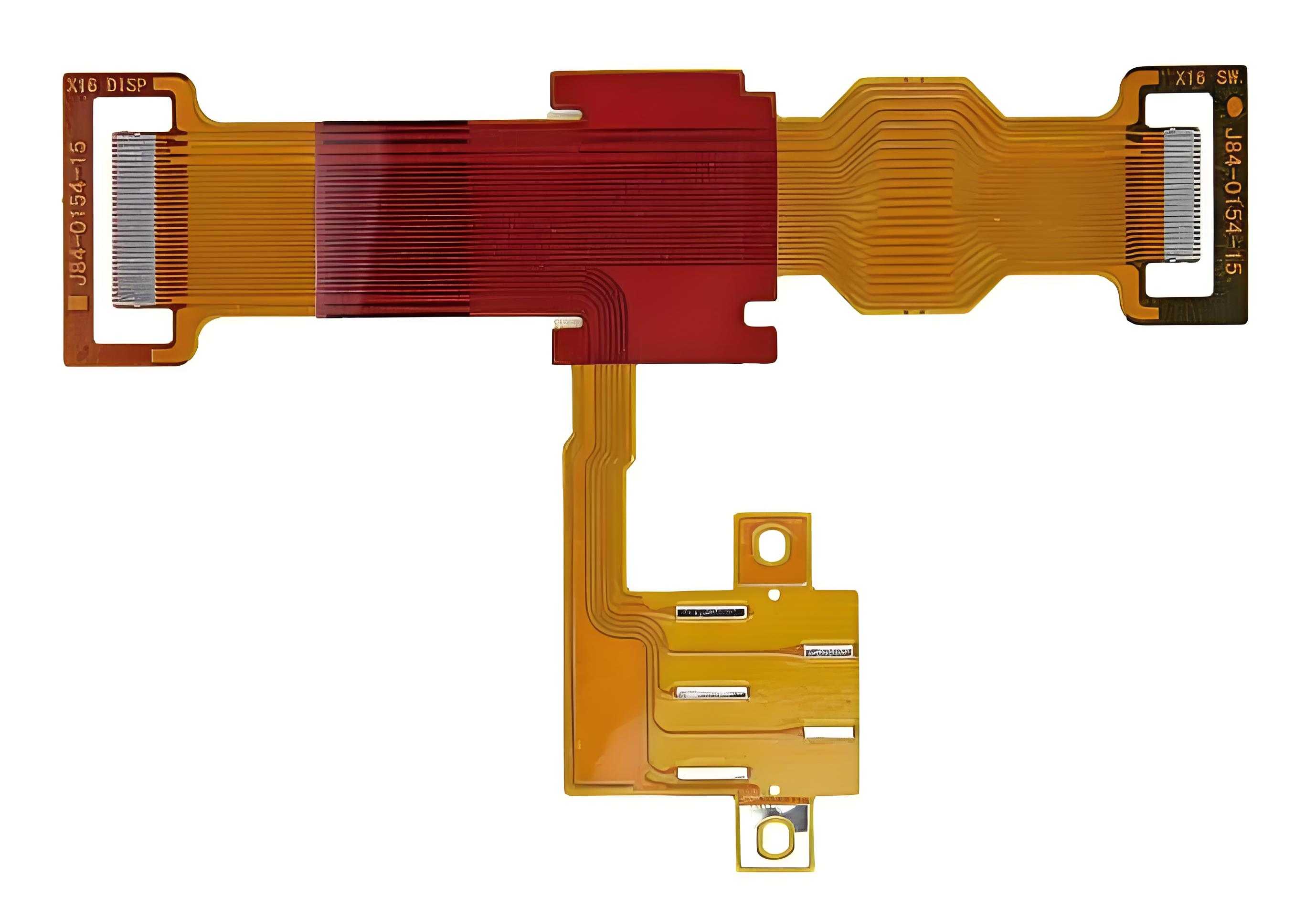
4. Thermal Management Issues
Problem:
High-performance electronics, especially those using rigid-flex PCBs, generate significant heat, which can lead to component failure if not managed properly. Poor thermal management affects not only performance but also long-term reliability.
Expert Solution:
- Thermal Vias and Heat Sinks: Incorporate thermal vias in rigid sections to dissipate heat away from components. In designs with large heat-generating components, use heat sinks or thermal pads.
- Flexible Section Ventilation: Ensure that flexible sections are not overly insulated, allowing for some heat dissipation. If necessary, design the flexible parts with cut-outs or additional spacing to allow airflow.
- Thermal Simulations in the Design Phase: Leverage thermal simulation software to identify potential hot spots early and adjust the design accordingly, including component placement and material choices for optimal heat dissipation.
5. Testing and Inspection Complexities
Problem:
Testing rigid-flex PCBs poses unique challenges, as traditional rigid PCB testing methods may not account for the flexing motion or stress areas in the flexible regions. Ensuring that both the rigid and flexible sections function correctly requires specialized inspection procedures.
Expert Solution:
- Dynamic Flex Testing: For flexible areas, implement dynamic flex testing to simulate real-world usage. This can identify weaknesses that static tests may miss, such as micro-cracks in traces.
- Comprehensive Multi-stage Testing: Conduct multiple tests, including flying probe, boundary scan, and in-circuit testing (ICT) to detect any electrical issues across rigid and flexible sections.
- Non-Destructive Testing (NDT): Utilize X-ray or ultrasonic scanning to detect internal defects, such as delamination or poor bonding between layers, without damaging the board.
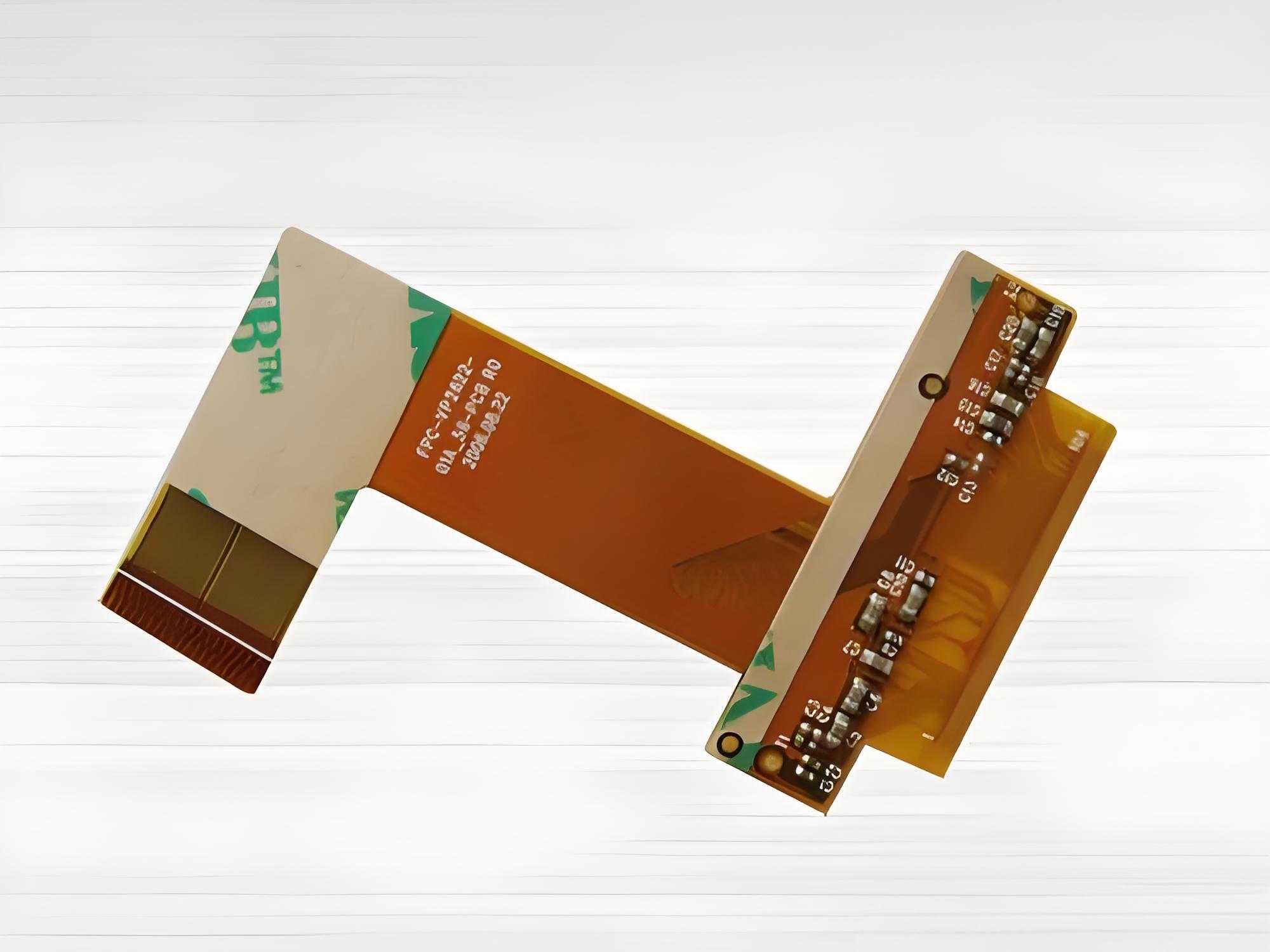
6. Cost Implications and Optimization
Problem:
Rigid-flex PCBs are often more expensive than their rigid or flexible counterparts due to the complex manufacturing process and materials involved. This can be a barrier for companies looking to implement the technology at scale.
Expert Solution:
- Design for Manufacturability (DFM): Engage with manufacturers like Gekunflexto optimize your design for manufacturability. Minimizing unnecessary layers or complex vias can significantly reduce costs without sacrificing performance.
- Volume Production Discounts: Whenever possible, produce rigid-flex PCBsin larger volumes. Manufacturers often offer volume discounts, which can make the technology more cost-effective for larger projects.
- Material and Process Standardization: Standardize materials and processes across different projects to achieve economies of scale. Using commonly available materials and standard manufacturing techniques can reduce lead times and overall costs.
Conclusion: Best Practices for Rigid-Flex PCB Success
The challenges associated with rigid-flex PCB technology, while significant, are not insurmountable. By understanding the complexities involved in design, material selection, manufacturing, and testing, professionals can implement effective solutions that enhance product reliability and performance.
From optimizing the design layout to employing cutting-edge testing methods, each step in the rigid-flex PCB process can be refined to meet industry demands. Partnering with experienced manufacturers like Gekunflex can also provide the necessary expertise to streamline production while maintaining high-quality standards.
Incorporating the solutions discussed in this guide will enable engineers and manufacturers to fully leverage the advantages of rigid-flex technology while minimizing potential pitfalls. For the latest insights and support on rigid-flex PCB solutions, contact Gekunflex for expert consultation and high-quality manufacturing services.
Copy reference:https://gekunflex.com
